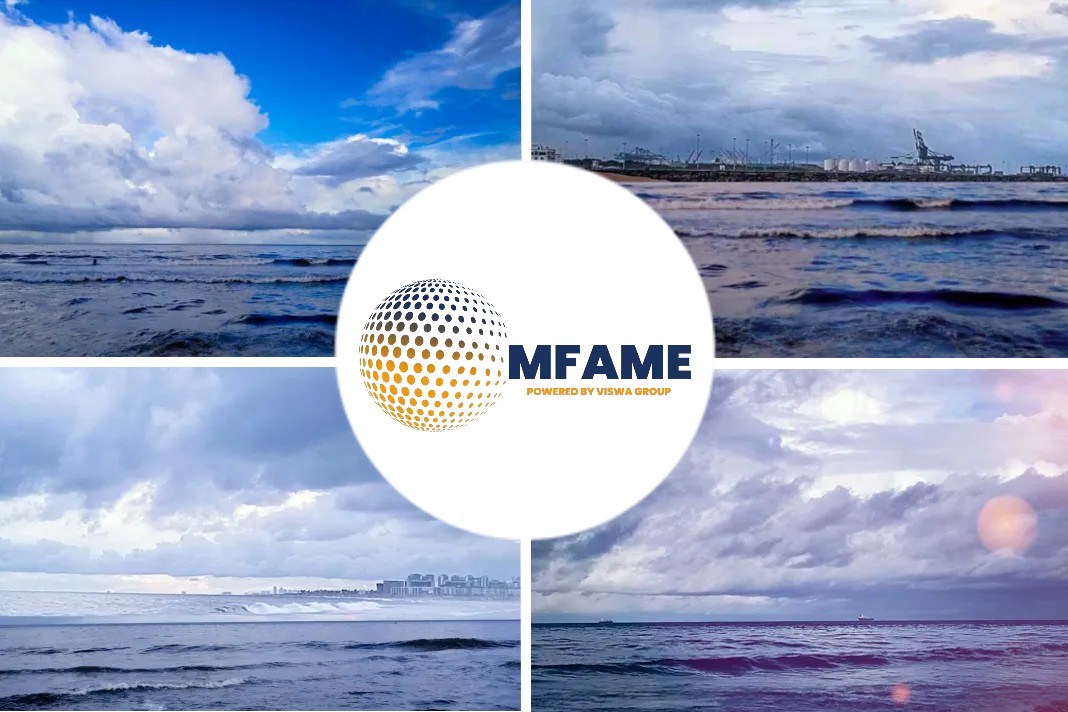In the event of a casualty, one of the first issues for the owners and salvors of a mega box ship to grapple with will be to identify a place or port of refuge willing and able to accept the damaged ship and cargo. This Standard Club article written by Nick Barber looks at the potential difficulties.
Difficulties in Identifying a Port of Refuge
Issues that can make identifying a place or port of refuge difficult include the risk of the ship sinking in a fairway or harbour and causing substantial economic loss, the size of the ship and height of the container stacks (which make suitable cargo-handling facilities harder to find) and the fact that extinguishing container ship fires can be a drawn-out process.
As a result, owners and salvors are frequently faced with the relevant authorities in suitable ports and places of refuge adopting a cautious ‘not in my back yard’ stance in relation to
providing refuge to a damaged ship.
The Salvage Convention 1989 is unhelpful in this regard:
- Article 11 (Co-operation) imposes obligations on state parties to co-operate with salvors and owners to ensure the efficient and successful performance of a salvage operation and prevent damage to the environment,
- Article 9 (Rights of Coastal States) provides for the right of state parties to protect their coastlines or related interests from pollution or the threat of pollution.
IMO Guidelines
The 2002 Prestige casualty and the subsequent oil spill, when a place of refuge was not provided to the ship, brought this issue into sharp focus. Soon after, the IMO Assembly adopted IMO Resolution A.949(23) setting out guidelines on places of refuge, which are intended for use when a ship is in need of assistance, but the safety of life is not involved. These guidelines will have limited application, because the safety of life is generally involved when a ship is in need of a place of refuge.
The guidelines recognise the need to balance the preference for removing cargo and bunkers and repairing the damaged ship in a place of refuge with the economic and environmental risk to coastal states. They acknowledge that, therefore, granting access
to a place of refuge ‘may involve a political decision which can only be taken on a case-by-case basis’.
Practical Issues
The practical issues faced by owners and salvors when bringing a mega box ship casualty into a port or place of refuge are likely to include:
- Identifying a place or port of refuge with sufficient draft to accommodate the damaged ship, facilities to handle the cargo, space to separate and survey containers from the damaged ship, and facilities to handle and dispose of any damaged containers, cargo or other debris arising from the casualty. This may include potentially hazardous materials such as contaminated firefighting water.
- Identifying the various local conditions that must be met for the damaged ship to be allowed into the port or place of refuge. Reassurances and sometimes security must be provided to the relevant local authorities for liabilities such as wreck removal, business interruption, pollution prevention and clean-up expenses, damage to the port or place of
refuge, and third-party claims.
Cargo Issues
In addition, there are likely to be local legal requirements with regard to ‘importing’ cargo, among other things. This may be required in the case of damaged cargo that must be
disposed of in the relevant jurisdiction. ‘Export’ and on-shipment of sound cargo is generally straightforward on the basis that it is not imported in the first place, particularly where bonded storage facilities are available at the port of refuge. However, issues can
arise at delivery ports if cargo that is assumed to be sound arrives damaged, because consignees generally have to pay import taxes on the full value of the goods before they are released by customs. Where the goods are in fact damaged or worthless, consignees
can face considerable difficulty in being reimbursed by the authorities.
Generally after a fire or flooding, there will be a considerable number of containers that need to be surveyed, sometimes with a number of parties (the General Average surveyor, cargo interests’ surveyor, owner’s surveyor, salvor’s surveyor, slot charterers’ or Ship Sharing Agreement Partners’ surveyor, and often a port or customs representative) in attendance. Good communication and co-ordination are crucial, and can be achieved by having a highly competent owner’s surveyor in control of the process.
There may also be conflicting views regarding the need to investigate causation and
preserve evidence on the one hand, and the need to remove and survey the damaged cargo on the other. To inspect the contents of containers, it is necessary to break the seals on the doors. Local customs authorities may object to this and impose fines if it is done without their permission. In addition, it follows that the numbers on the new seals will not match the numbers of the seals on the ‘as shipped’ cargo documentation and this can lead to difficulties obtaining delivery at discharge ports.
Customs requirements vary from jurisdiction to jurisdiction, but it is essential to have good local agents and representation in order to ensure that the process is planned properly and the necessary authorities are kept informed.
Conclusion
It must be borne in mind that for some of the people involved, particularly in the port, it may be the first time that they have had to deal with many of the issues that arise in a major box ship casualty. Addressing these issues requires close co-operation between the owners, salvors, P&I and H&M insurers (and their advisers), local correspondents and the relevant authorities at the place or port of refuge.
Did you subscribe to our daily newsletter?
It’s Free! Click here to Subscribe!
Source: Standard Club















